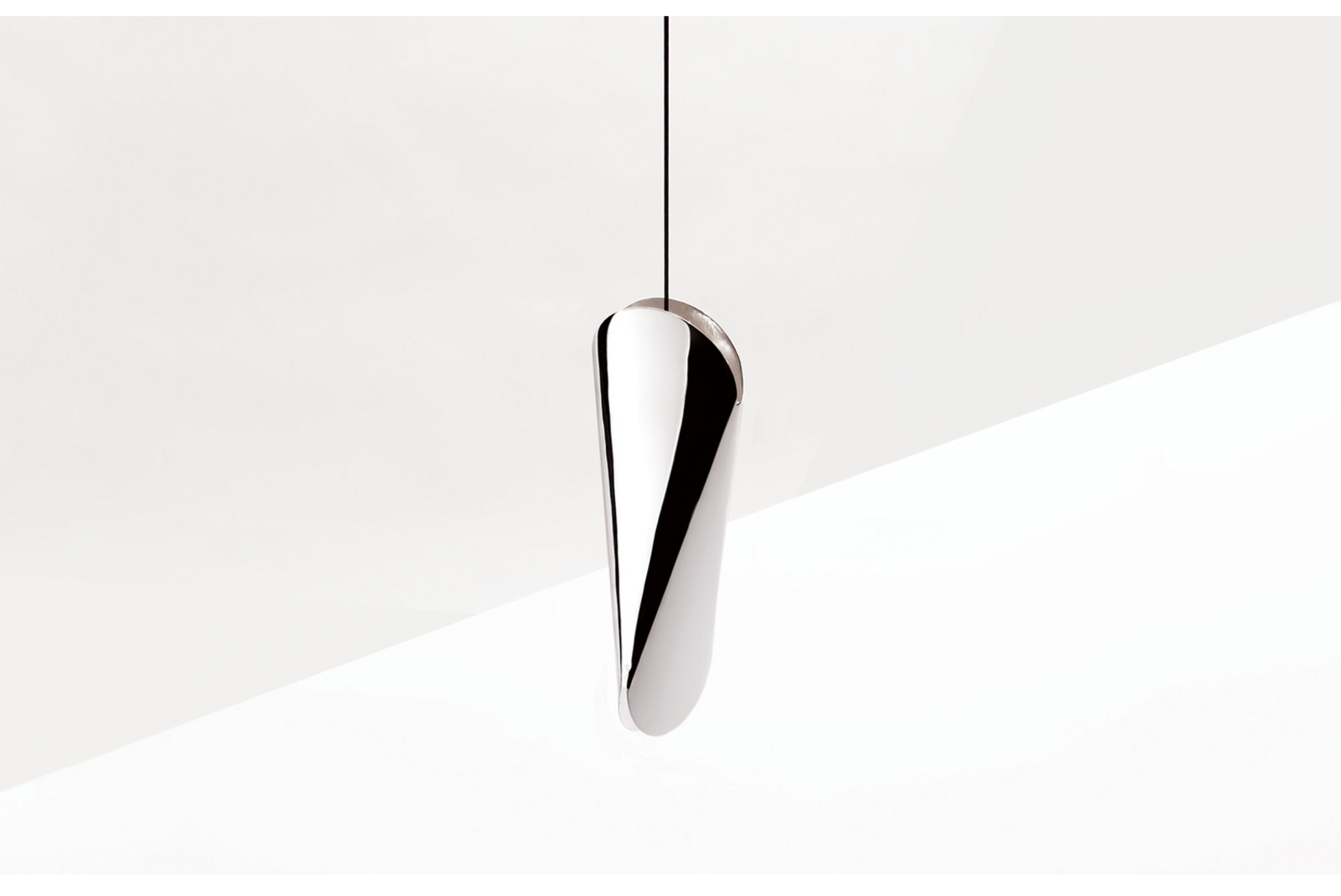Design and arts and crafts: a love match

The happy harmony between design and craftsmanship is a French specificity. Although they come from different cultures, craftsmen and designers know how to understand each other, for the happiness of a French artistic excellence. These manufacturers-creators collaborate and constantly explore new options to sublimate our daily life.
A French tradition
In France, designers and artisans collaborate. Always eager for new forms, insatiable about exploring the field of possibilities, pushing back the limits. The exchange of know-how and techniques is now combined with a technological curiosity to offer different audiences and customers new work. The driving force has always been a sense and a love of beauty; until it meets beauty. Artisans are capable of anything in this quest. Designers are not mistaken and turn to them to achieve the "impossible". The level of requirement is unparalleled and if they master the gestures, they possess a technical intelligence that makes them accomplish great things.
The dialogue and the permanent research, the challenge between designers/creators and craftsmen is a French tradition. These ways of doing things, these ways of thinking about beauty are a legacy of the great factories created by Louis XIV and Colbert in the 17th century, as well as the tradition of large state commissions. Since then these practices have endured.
Transcending
Challenges are intrinsic to the way craftsmen and designers collaborate. It is a true relationship of couple that exists between the craftsman and the designer. There is no logic between the client and the service provider, but rather a dialogue, an exchange, and a search to transcend the initial project. The Liliane Bettencourt Prize for the intelligence of the hand rewards these magical alliances in a category called "Dialogues". If we perceive how a designer can seize the techniques of the craftsman, the reverse is also taking shape.
The craftsmen of art indulge in technologies. Goldsmith Nicolas Marischael created the Osmos perfume diffuser with Colombian designer Felipe Ribon, winner of the Liliane Bettencourt Prize for the intelligence of the hand in 2015 in the Dialogues category. "I am certain that craftsmen must integrate contemporary technologies, and that those who do not, will disappear.". Moreover, Nicolas Marischael has integrated 3D design and the use of digital machines into his practice. He collaborates with his daughter Melissa who thus accompanies the house towards new territories, new horizons.
Dialogue to innovate
To be constantly listening, to have the capacity to question oneself, to associate with profiles other than the traditional designer-craftsman duo; this is the future of the craft industry that is emerging. Industrialists, scientists, artists play the game of transversality to be innovative both in the creative maieutic and in the final result. At present, it is artificial intelligence that raises questions, captivates and opens up potential. Even beyond the technological and logistical questions it answers (regarding prototypes, for example), artificial intelligence questions the practice of art craft. Thus, researchers, designers, artists, craftsmen, and all stakeholders are seizing the new digital revolution.
Technologies can now analyze the hundreds of thousands of brushstrokes of an artist to be able to reproduce his style. And one can imagine the happiness of the restorers of paintings. In fact, a drawing by Van Gogh, altered by time, has been renovated thanks to artificial intelligence. But we can also use AI to apply the Van Gogh style to a video for example.
We can see that it is curiosity and temerity that drive the creators, who never cease to reflect on their practice and enrich their know-how. The questioning is at the base of the commitment of any creator.
Viaduc des arts (1-129 avenue Daumesnil, 75012 Paris)
Paris celebrates 100 years of artisanal excellence! July 202515, 73 et 111 avenue Daumesnil, 75012 Paris
Maison Tassin has moved into the Viaduc des arts May 2025111 avenue Daumesnil, Paris 12
A day in time, where the art of costume meets photography February 202569 avenue Daumesnil, Paris 12
The Viaduc des arts is celebrating this December: discover the program December 20241-129 avenue Daumesnil, Paris 12
Cécile et Jeanne, jewellery creation since 1990 November 202449 avenue Daumesnil, Paris 12
At La Fabrique nomade, refugee artisans reconnect with their craft November 20241bis avenue Daumesnil, Paris 12
Estampille 52, high-end cabinetry November 202491 avenue Daumesnil, Paris 12
Serge Amoruso, high-end leather goods at heart October 202437 avenue Daumesnil, Paris 12


